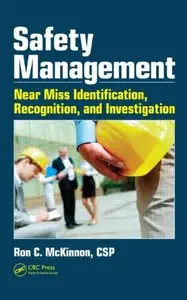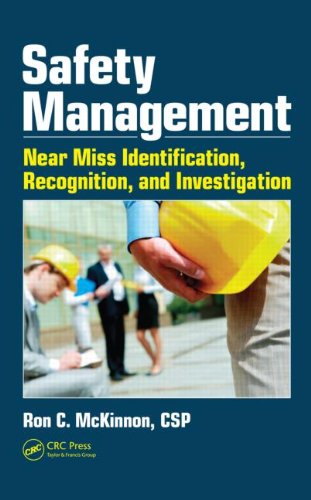Safety Management: Near Miss Identification, Recognition, and Investigation by Ron C. McKinnon
English | 2012 | ISBN: 143987946X | 197 pages | PDF | 3,8 MB
English | 2012 | ISBN: 143987946X | 197 pages | PDF | 3,8 MB
Close calls, narrow escapes, or near hits. History has shown repeatedly that these "near-miss" incidents often precede loss producing events, but are largely ignored or go unreported because nothing (no injury, damage or loss) happened. Thus, many opportunities to prevent the accidents that the organization has not yet had are lost.
Recognizing and reporting "near-miss" incidents can make a major difference to the safety of workers within organizations.
Supported by more than 30 years of international safety experience and research, Safety Management: Near Miss Identification, Recognition, and Investigation discusses the safety philosophy behind "near-miss" incidents and clearly demonstrates the accident sequence showing the Three Luck Factors that determine the outcome of the event. The author highlights the fortuity of the event and how a simple risk assessment can be used to identify the causes of the event and rectify them. He also explains the management functions of safety and how they relate to "near-miss" incidents.
• Explains and reaffirms safety philosophies first proposed more than 80 years ago
• Applies the technique of risk assessment on "near-miss" incidents to identify high potential loss events
• Includes real-life examples of "near-miss" incidents to support the importance of "near-miss" recognition and investigation
• Provides examples of reporting forms, report tracking and "near-miss" incident awareness training on www.crcpress.com
"Near-miss" incidents are truly the foundation of major injuries, the building blocks of accidents, and warning signs that loss is imminent. They can also form the impetus for proactive, preventative actions. This book explores how to implement a "near-miss" incident identification, recognition, investigation, and rectification program.



